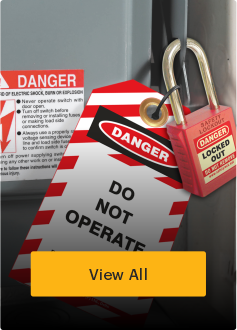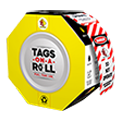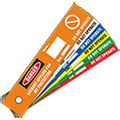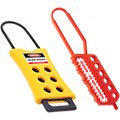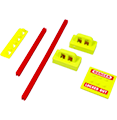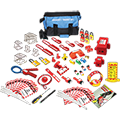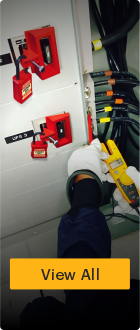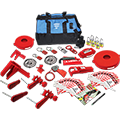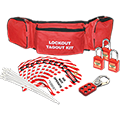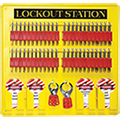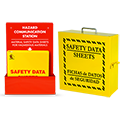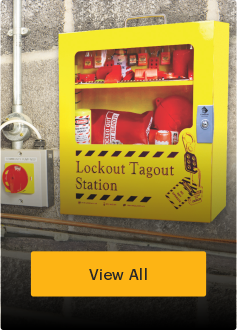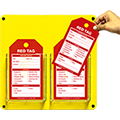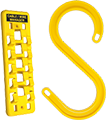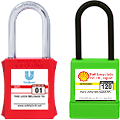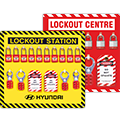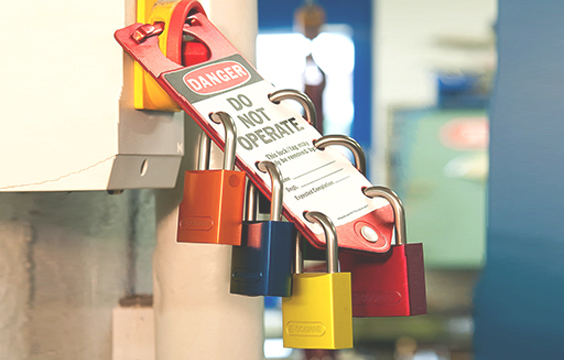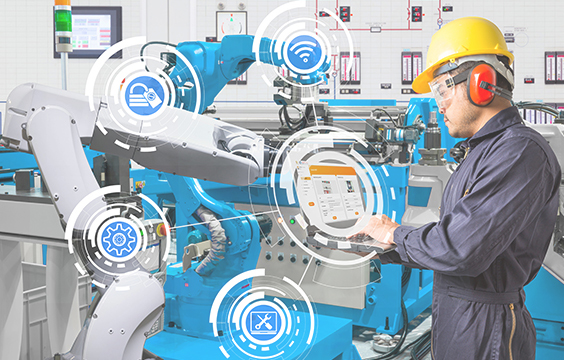- Lockout Tagout
- Lockout PADLOCKS
- PLUG Lockout
- Key CABINETS
- BLIND FLANGE Lockout
- Lockout Tagout KITS
- PIN and SLEEVE Lockout
- MSDS CABINETS
- CONFINED SPACE Cover
- LOTO STATIONS
- CABLE Lockout
- Lockout BAG and POUCH
- ENERGY SOURCE ID Tags
- VALVE Lockout
- Lockout HASP
- LADDER Lockout
- Lockout SIGNS & LABELS
- CIRCUIT BREAKER Lockout
- CYLINDER Lockout
- SCAFFOLDING Tags & Holder
- Lockout TAGS ROLL/BOX
- Lockout SAFETY TAGS
- SHADOW LOTO Station
- FUSE Lockout
- LOTO POSTERS/BANNERS
- ELECTRICAL PANEL Lockout
- OPEN Lockout Station
- PNEUMATIC Lockout
- STEERING WHEEL Covers
- GROUP Lockout Box
- Padlock CABINETS
- LOTO ACCESSORIES
- CABLE Hangers
- Lockout Padlocks
- Lockout Tags
- Electrical Lockout
- Mechanical Lockout
- Lockout Tagout Kits
- Stations and Cabinets
- Related Products
- Customised LOTO
